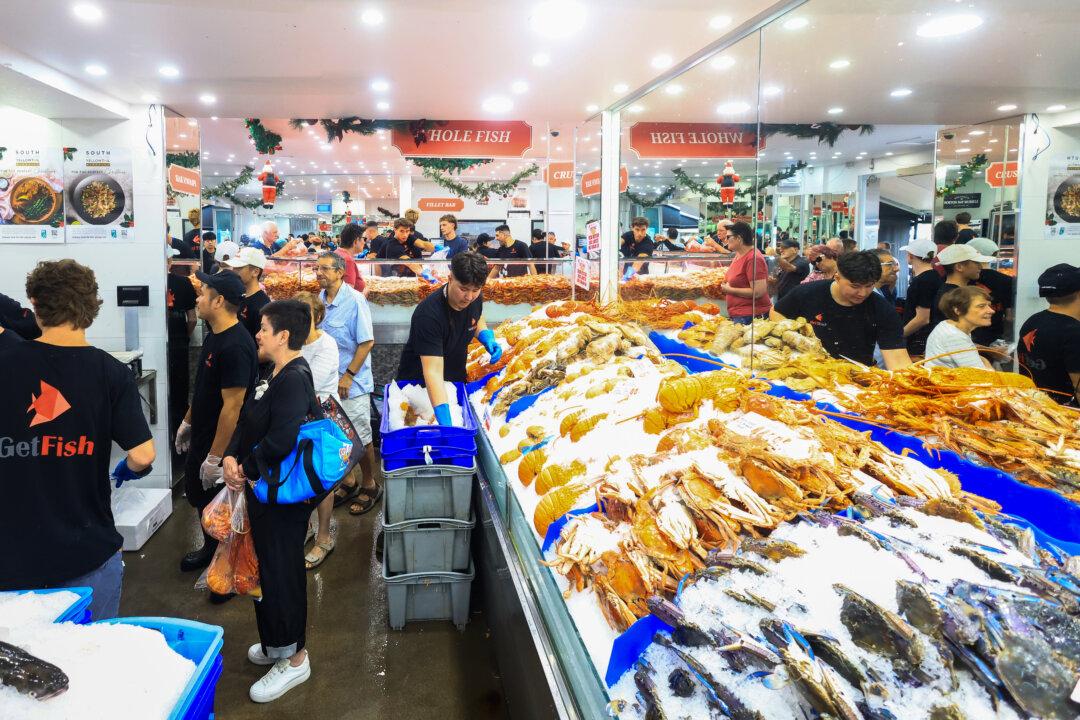The escalating cost of living crisis has been a growing concern among Australians over the past year.

A recent study conducted by lead researcher Eloise Zoppos found that more than half (69%) of Australians feel that essential goods and services have become pricier compared to the same period last year.
According to Ms.
Zoppos, the crisis is particularly evident in groceries and grocery-related products, as well as housing costs, including rent, mortgage repayments, and utility bills.
Insurance prices also contribute to the overall cost of living concerns for Australians.
In fact, 62% of respondents reported paying more for their housing needs compared to the same period last year.
The study further revealed that other top categories experiencing price growth include insurance, groceries, health, takeaway and restaurant meals, and travel and tourism.
On the contrary, books and stationery, as well as consumer electronics, saw a lower percentage of consumers reporting price increases.
As prices continue to rise, many Australians have started to feel that these price hikes are unfair to them.
The research indicates an increasing number of shoppers (up 58%) waiting for items to go on sale before making their purchases.
Additionally, there has been a 54% increase in the number of consumers shopping for cheaper brands of usually bought products and a 52% rise in those deferring purchases indefinitely.
To counteract the effects of inflation, Australians are also adopting various measures to reduce price pressure.
These include shopping for second-hand products (up 58%), buying locally produced items (up 54%), and purchasing higher quality goods instead of fast and disposable ones (up 52.
Ms.
Zoppos noted that Australians are changing their usual spending habits due to the increasing cost of living.
Along with these changes, many have started saving money to cover unexpected expenses.
The study found that 82% of surveyed individuals save at least a portion of their monthly income, while 18% choose not to save or are unable to do so.
Among those who save part of their monthly income, the most popular savings methods include traditional savings accounts (71%), high-interest savings accounts (28%), shares (24%), saving physical cash (20%), and fixed interest investments (19.
Treasury’s modelling suggests that inflation will remain at current levels until mid-2025 before dipping to 2.5% by the end of that year, which is in line with the Reserve Bank’s target.
This information highlights the ongoing challenges faced by Australians amidst the ongoing cost of living crisis and underscores the importance of finding ways to save money and make more informed purchasing decisions.
